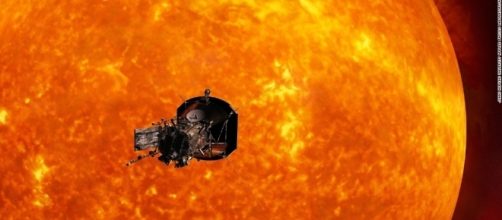In what the National Aeronautics and Space Administration (NASA) is calling an "unprecedented mission," their Solar Probe Plus mission is setting out to "touch the Sun." The space agency made the announcement yesterday morning live on NASA Television and on their website. NASA's Juno spacecraft also made headlines this week by making two amazing discoveries on Jupiter, the largest planet in the solar system. The findings the craft made were published in the online scientific journal, Science.
Going to the sun
The Solar Probe Plus mission is going to be launched by NASA at some point in the summer of 2018.
It will be the first time in the history of the space agency that there will be a mission to fly into the sun's atmosphere. Data that the probe collects during its mission to the sun will help gather important data and information on it. This will enable better forecasting of space weather events emanating from the sun that impact Earth, and also make astronauts' lives safer.
The probe will be placed within four million miles (6.43 million kilometers) of the surface of the sun. It will face the worst heat and radiation of any spacecraft put into outer space. The goal of the probe will be to explore the outer atmosphere of the sun and to make vital observations about it. Scientists are also hopeful that the data the probe collects can help to answer decades-old questions about how the physics of stars work.
What was found on Jupiter by Juno?
NASA's Juno spacecraft made discoveries on Jupiter during the first of at least twelve planned close encounters with the planet. This first encounter took place last August, but the data from the probe recently got published. The craft discovered that the atmosphere of the planet features rivers of ammonia welling up from deep inside the planet, as well as gigantic cyclones. The cyclones that Juno discovered were as large as 870 miles (1,400 kilometers) in diameter. They swirled and rotated over the north and south poles of the gas giant.
The belt of ammonia rivers that were detected stretched from the top of Jupiter's atmosphere to hundreds of miles into the interior of the planet.
It is unknown how far down they actually go since they even stretched beyond the range that Juno's on-board instruments can see. Initial results also suggest that Jupiter could have winds at all levels of its atmosphere, creating movements -- which was an unexpected find for scientists.


